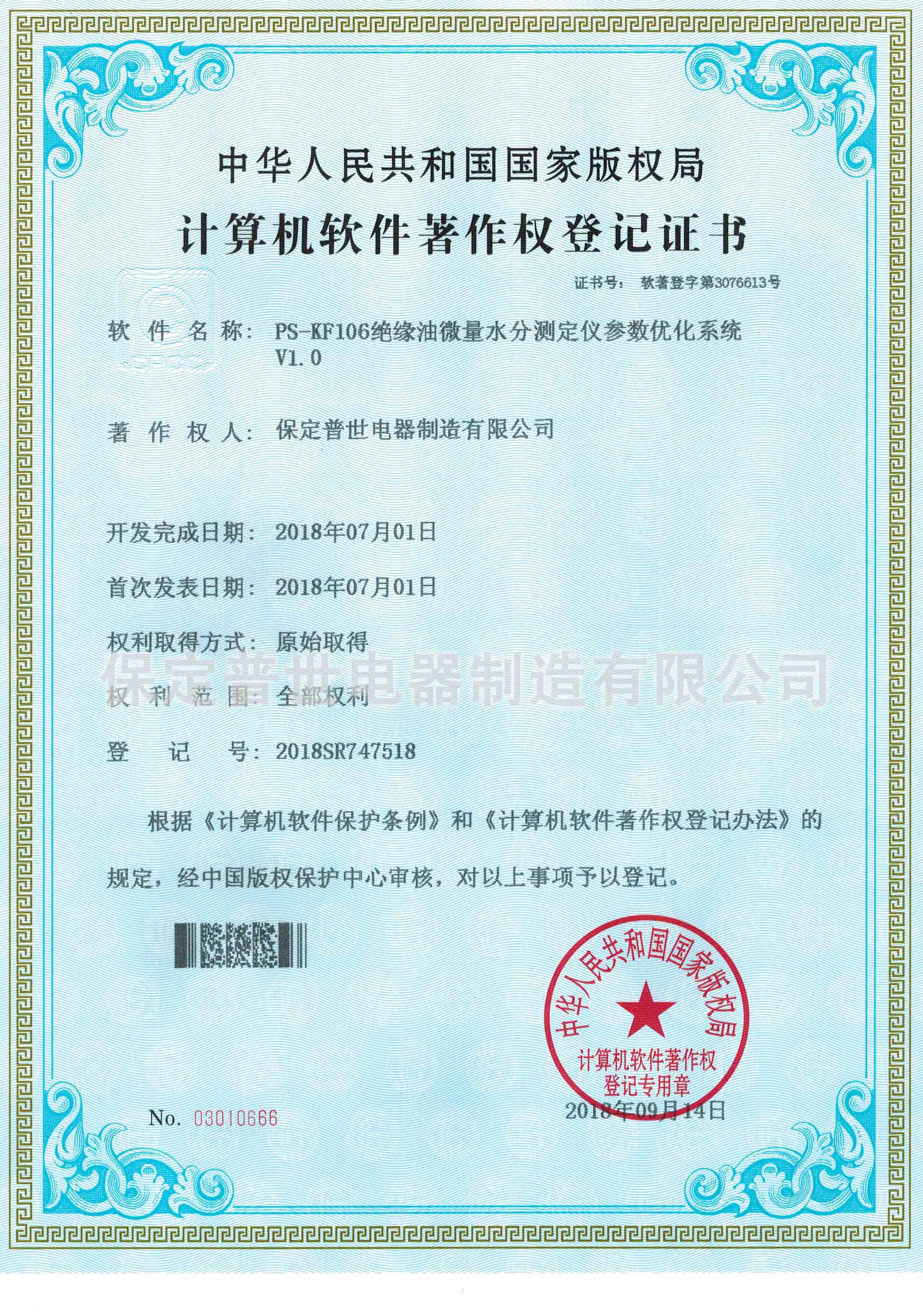 English
English


Understanding the Impact of PPM Levels in Transformer Oil on Performance and Longevity
Understanding PPM of Water in Transformer Oil
Transformer oil is a crucial component in electrical systems, acting as both an insulator and a coolant for transformers and other electrical equipment. The purity and quality of transformer oil significantly influence the efficiency, reliability, and longevity of the equipment it protects. One critical aspect of transformer oil quality is the measurement of water content, usually expressed in parts per million (PPM).
Water can infiltrate transformer oil through various means, including condensation, leaks in storage tanks, or through the porous insulation of transformers. The presence of water in transformer oil can lead to several detrimental effects, complicating the operation of electrical systems. Therefore, managing and monitoring the PPM of water in transformer oil is vital for effective maintenance and reliable operation.
Understanding PPM of Water in Transformer Oil
For many utilities and industries relying on transformers, regularly sampling and testing the oil for moisture levels is standard practice. Various methods, including Karl Fischer titration and infrared spectroscopy, are employed to determine the PPM of water accurately. These methods are sensitive and can detect even minute quantities of water, allowing operators to make informed decisions about maintenance and oil treatment processes.
ppm in transformer oil

Monitoring the PPM of water in transformer oil does not only serve as a preventive measure against equipment failure but can also provide insights into the overall health of the transformer. A rising trend in water content over time could indicate other underlying issues, such as insulation degradation or external contamination, prompting further investigation.
In cases where the PPM of water exceeds acceptable limits, several remediation techniques can be applied. The most common approach is to carry out oil purification processes, which can involve vacuum dehydration, resin treatment, or centrifugation. These methods are designed to remove water and other impurities, thereby restoring the transformer oil's effectiveness.
However, it is essential to conduct these processes carefully, as improper treatment can lead to the loss of important characteristics of the transformer oil, such as its dielectric properties. Thus, training and expertise are required for personnel who handle transformer oil maintenance.
In conclusion, managing the PPM of water in transformer oil is of paramount importance for the operability and reliability of electrical systems. With the potential for water to severely impact the performance of transformers, regular monitoring and maintenance practices are essential. By employing advanced testing methods and remediation techniques, industries can ensure that their transformer oil remains within safe limits, thus safeguarding their operations and extending the life of critical electrical equipment. The focus on maintaining low water content in transformer oil is not merely a regulatory requirement but a crucial strategy for operational excellence in the electrical power industry.
-
Differences between open cup flash point tester and closed cup flash point testerNewsOct.31,2024
-
The Reliable Load Tap ChangerNewsOct.23,2024
-
The Essential Guide to Hipot TestersNewsOct.23,2024
-
The Digital Insulation TesterNewsOct.23,2024
-
The Best Earth Loop Impedance Tester for SaleNewsOct.23,2024
-
Tan Delta Tester--The Essential Tool for Electrical Insulation TestingNewsOct.23,2024





